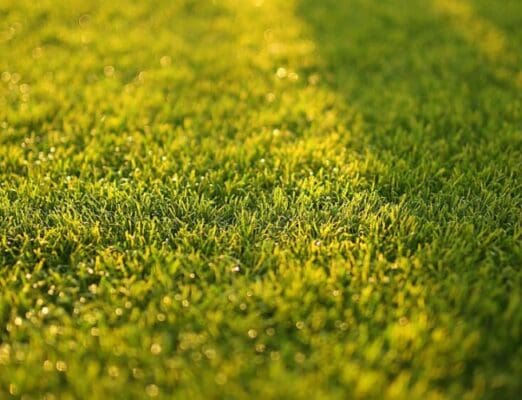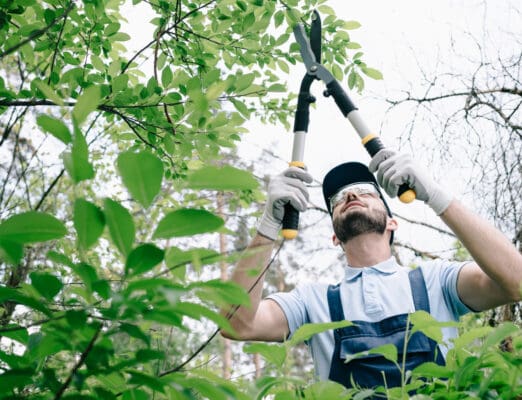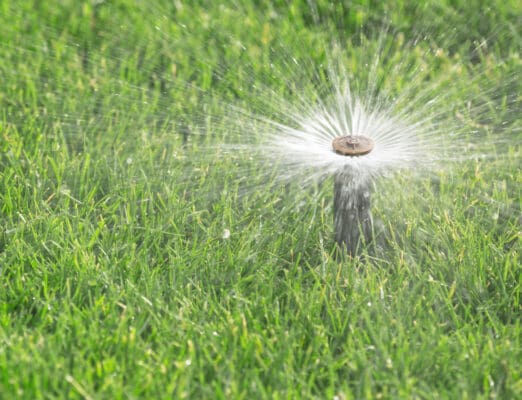The Connection Between Cold Weather, Overwatering and Brown Patch Fungus
Did you know that these colder months can bring about a threat to your lush, green lawn? Specifically, the dreaded brown patch fungus, a common problem East Coast Sprayers sees in Palm Beach County. In this blog post, we will explore the connection between cold weather, overwatering and the onset […]
Read MoreHow to Make Your Lawn the Envy of Neighbors
Keeping freshly cut, lush green grass is the hallmark of a beautiful lawn. This seemingly easy task is endlessly complicated by factors ranging from your soil, grass, weather, and proximity to the ocean. If you’re debating lawn fertilization services in Jupiter, FL, you aren’t alone. Many homeowners choose East Coast Sprayers for perfectly green lawns. Things to Know Before Fertilizing Fertilizing […]
Read MoreHow to Keep Iguanas Out of Your Commercial Property
While South Floridians enjoy lots of sunshine and warm weather, many of them are also trying to prevent those pesky iguanas from destroying their landscape plants, flowers, and shrubs. When these creatures threaten to invade your commercial property, you wouldn’t want to wait until they wreak havoc on your lawn. […]
Read MoreThe ABCs of Pruning Trees and Shrubs
If you want to produce strong, healthy, beautiful landscape plants that won’t fail to complement your property, you’ll have to learn the basics of tree and shrub care in Boca Raton, FL. This means that you can’t just indiscriminately cut back your woody plants in a useless attempt to limit […]
Read MorePalm Trees 101: Top Palm Tree Care and Maintenance Tips
Palm trees make gorgeous additions to your landscaping. Like anything in your yard, you need to get them in the best shape possible. If you’re unsure of the best ways to take care of your gorgeous palm trees, check out all you need to know about the top palm tree […]
Read MoreHow to Turn Yellow Grass Green
Yellow grass becomes common during the fall months. But, common doesn’t mean healthy. If your yard could double as a miniature cornfield, then you may want to address it. (And if it’s happening in the spring and summer, you’ll definitely want to address it.) In the following article, […]
Read MoreHow to Prune a Tree
In the United States, lawns cover approximately 63,000 square miles of the country – roughly the size of the state of Texas. And one of the most beautiful decorations for a lawn has always been the tree. Healthy shade trees and flowering trees are known to add beauty and value […]
Read MoreWhat is the Best Fertilizer for Palm Trees?
Did you know, the tallest palm tree grew to be just under 200 feet tall? Such a feat certainly required maintenance and a lot of sunlight! Are you growing your own palm trees? Then, you’ll know by now that your palm tree needs fertilizer to grow. But, you […]
Read MoreThe Ultimate Guide to Getting Rid of Whiteflies
Whiteflies are known for their nutrient-sucking habits and their war on crops and plants, especially decorative plants. Understanding how to get rid of whiteflies can benefit farmers and home plant owners alike. The whitefly has an incubation period of 4-12 days. After that, they pierce plants and suck out […]
Read MoreGoing Green: 5 Huge Benefits of Hiring a Tree and Shrub Care Service
Each year, people spend almost $500 million collectively on tree care. Clearly, tree care services are in serious demand. “But”, I hear you proclaim, “looking after my trees and shrubs isn’t so hard.” Although looking after your plants doesn’t seem that tough, there is actually a lot more involved […]
Read More




